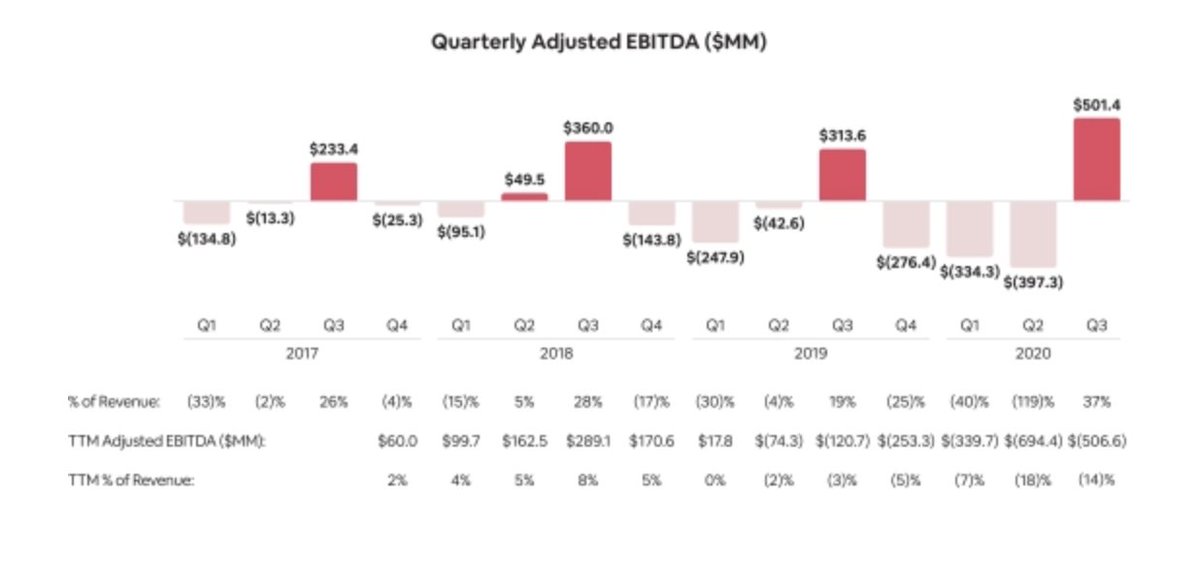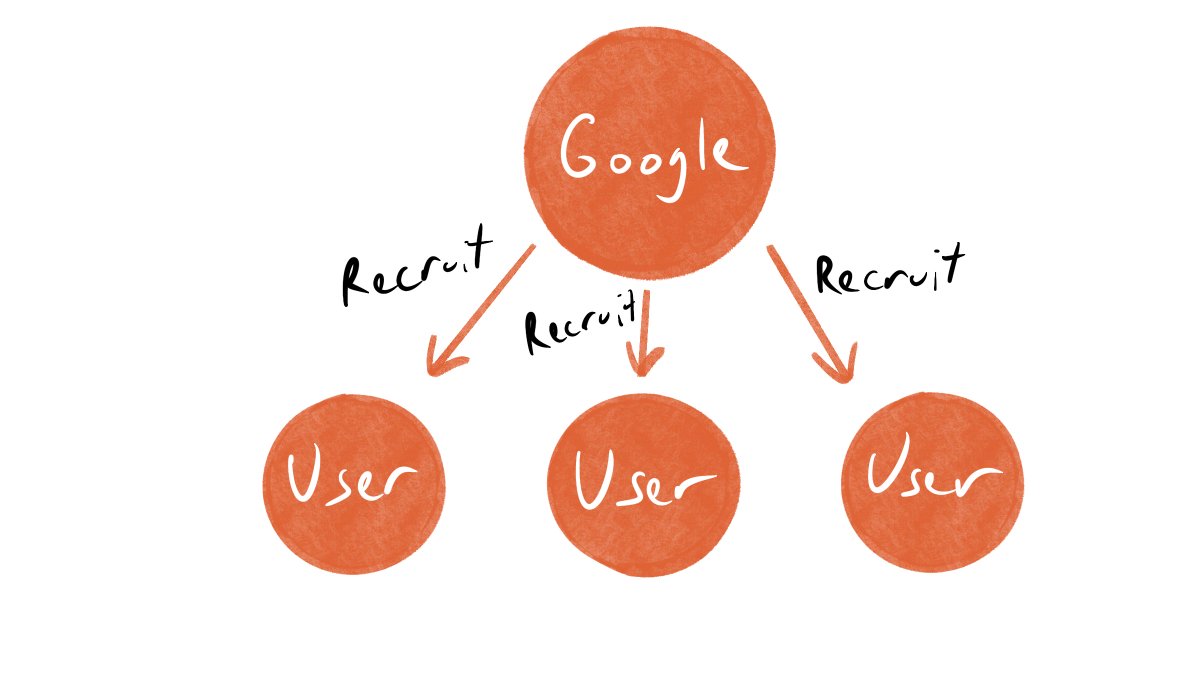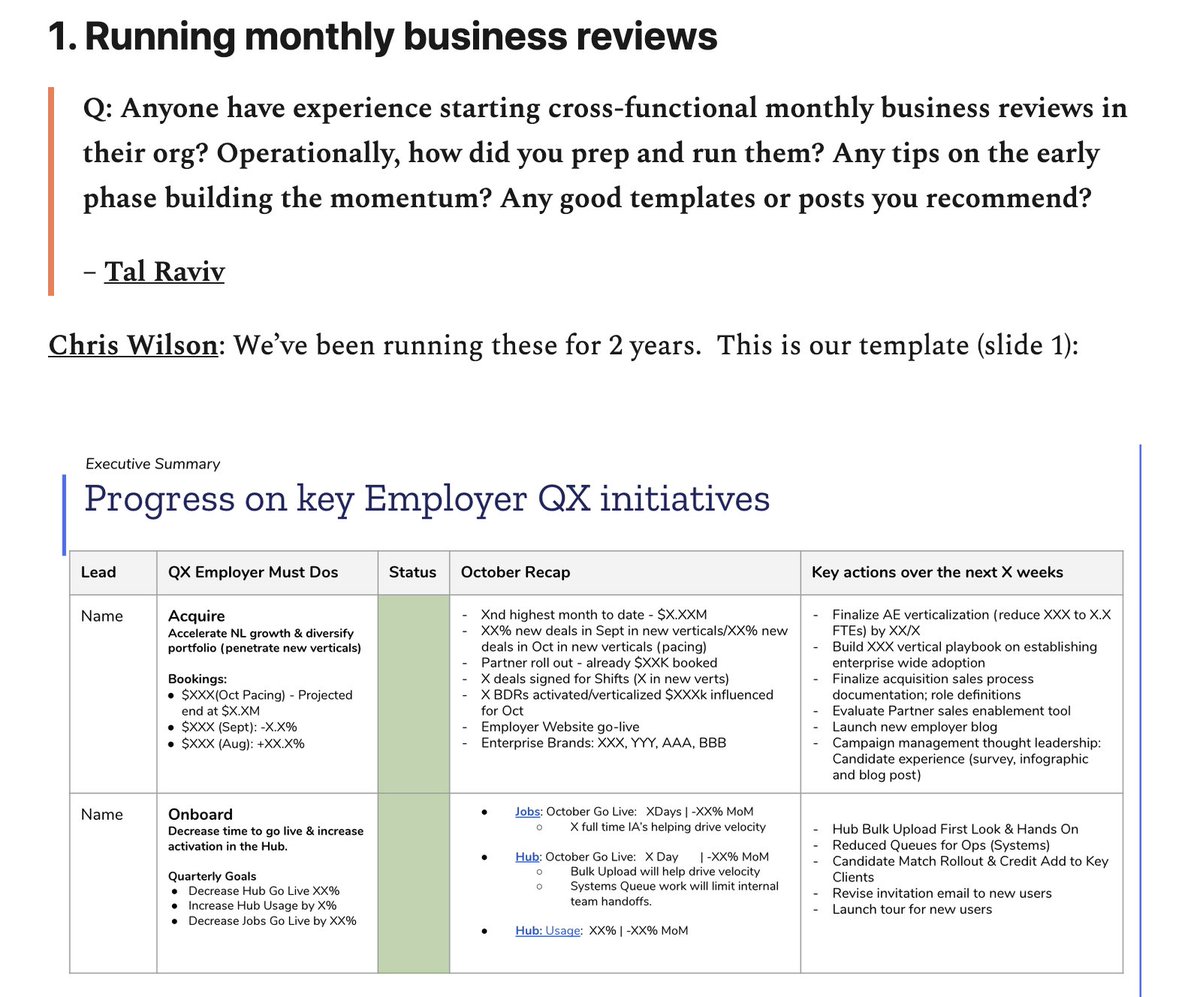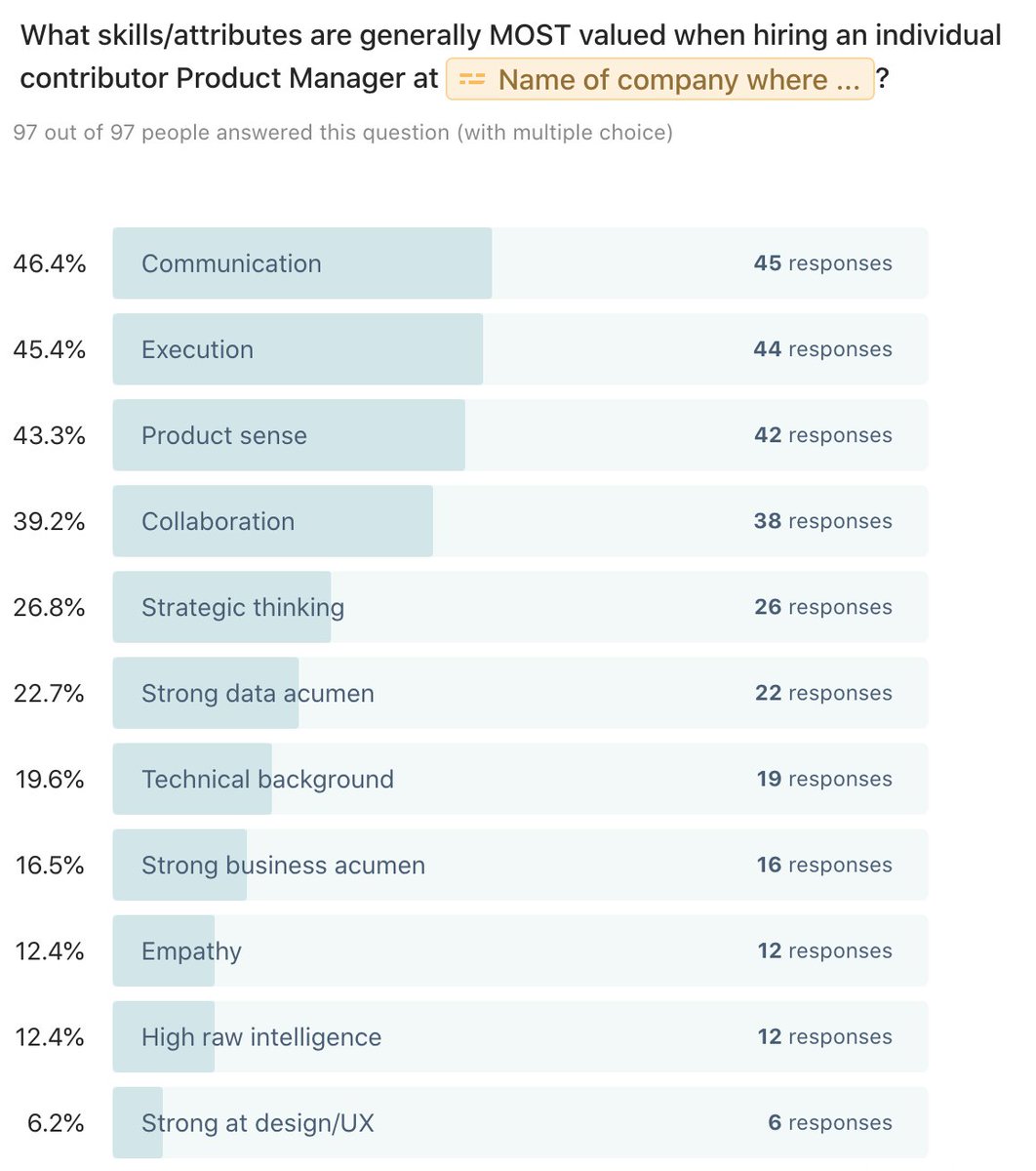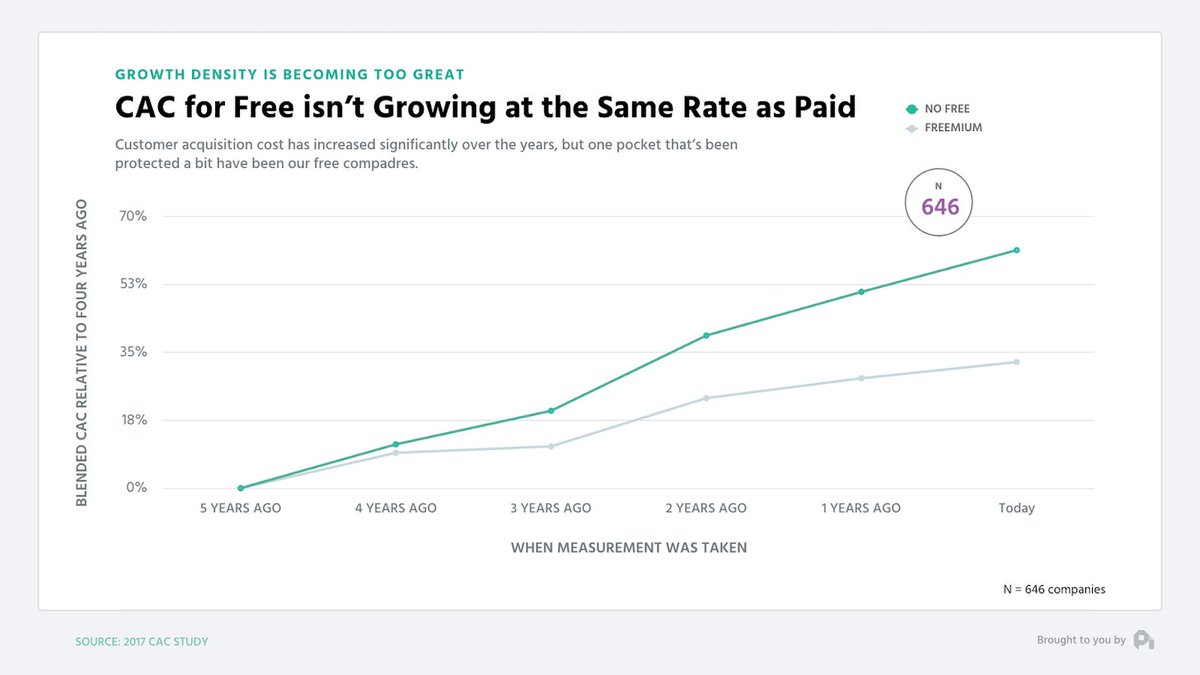
Data points from Airbnb's S-1 that get me excited about its future:
1. *91%* of all traffic comes organically from direct or unpaid channels. This is the key to Airbnb's strategy (winning at direct traffic, avoiding paid growth), and it's working.
More in thread 👇
1. *91%* of all traffic comes organically from direct or unpaid channels. This is the key to Airbnb's strategy (winning at direct traffic, avoiding paid growth), and it's working.
More in thread 👇
2/ Not only is traffic cheaper (since it's mostly organic), but guest cohort retention is also much higher than the competition. It's also a rare "smiling curve" – it goes UP over time. 







3/ Similarly, host cohort revenue retention hits *100%* over time, and also increases after year two. That doesn't mean tons of hosts don't leave (note: this is revenue retention, not user retention), but this is promising. 

4/ The Average Daily Rate (ADR) is up 20% YoY, for the first time in likely ever. This is the result of guests staying in larger, nicer, homes, and I'm betting this won't completely revert to the mean after COVID. 

6/ All that being said, there are 74 pages of "Risk factors" in the S-1 🤯
I'm looking forward to more in-depth S-1 breakdowns over the next few weeks from people much smarter than I, but I'm optimistic.
sec.report/Document/00011…
I'm looking forward to more in-depth S-1 breakdowns over the next few weeks from people much smarter than I, but I'm optimistic.
sec.report/Document/00011…
• • •
Missing some Tweet in this thread? You can try to
force a refresh
